Massachusetts Invasive Plants Advisory Group
http://www.massnrc.org/mipag/publications.htm#edlist
New England Wildflower Society- Controlling Invasive Plants at Home
http://www.newfs.org/protect/invasive-plants/removal
Massachusetts Department of Agricultural Resources
http://www.mass.gov/agr/farmproducts/Prohibited_Plant_Index2.htm with links to detailed plant information at the National Resource Conservation Service plant database including image gallery
United States Department of Agriculture, National Invasive Species Information Center
http://www.invasivespeciesinfo.gov/plants/main.shtml
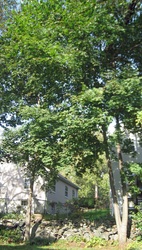
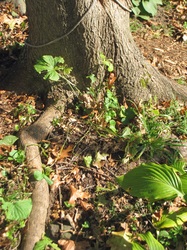
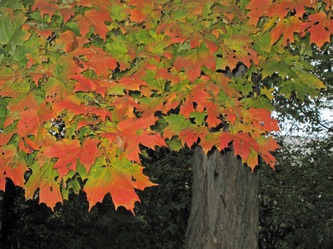
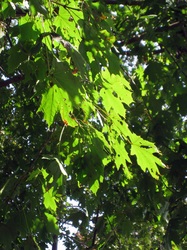
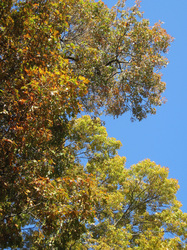
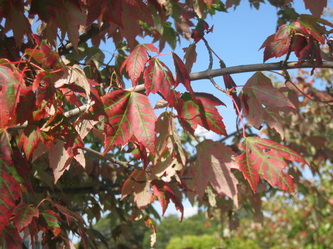
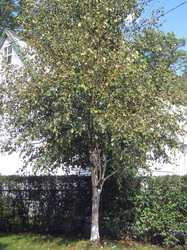

 RSS Feed
RSS Feed